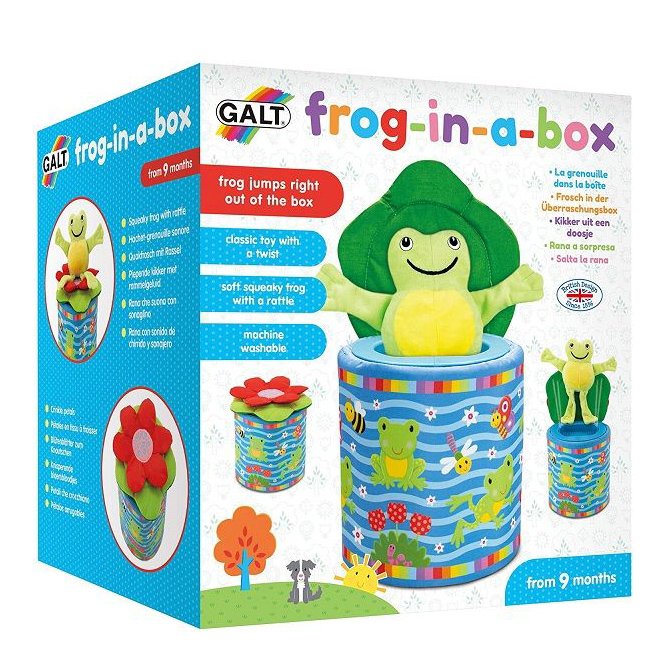
Check Understanding
I often hear parents when I’m out and about giving instructions and then getting irritated when a child doesn’t follow them. Children want to please adults, so why don’t they do as they are told?
Here are some of the reasons that following instructions may be a problem:
- They haven’t listened. You have probably given them an instruction whilst they were focused on something else. That isn’t their fault – the world is far newer and more interesting to a child, and just a pattern on the floor can be consuming. They might not have switched from what they have focused on what you are saying. Try saying their name and waiting for them to look at you so you know that they are listening before you give any information.
- They haven’t got the memory skills to remember the instruction. If you say “stop running and come here so I can put your coat on because we want to get to the park before it starts raining”, the chances are they will only have remembered ‘raining’ and ‘running’. By reducing your language to key words, they will find it easier to focus on what you’ve said and to remember it. The most important part of that sentence is ‘coat on’, so when you really want them to remember something, just pick a couple of words or a short phrase to use, and save the long sentences for another, less fraught, moment. Check that they’ve heard by asking them to repeat what you said by saying ‘what did mummy say?’ If they repeat back, coat on, but continue not to follow your request, then that’s more about behaviour and I’ll cover tips for that in a future post.
- They haven’t understood you. It’s usually the little ‘concepts’ words that children don’t understand, but not always. For example, if you say: “if you want to make the car go under the bridge, you need to lift the bridge up first”. This requires them to understand ‘car’ ‘under’ ‘bridge’ ‘lift’ and ‘first’. Check these individual words make sense first by breaking the sentence down and asking questions to see if they understand the separate parts, by saying things like “show me lifting the bridge” or “where is under the bridge?” and “if I touch the car and the boat, which one did I touch first?”.




